54 Views
Sound Proofing a Room

by
Andrew Bounader
(IC: homeowner)
$3000
6 Weeks
Advanced
Not quite a project but some useful advice about soundproofing a home and what the practical considerations are as well as what sound actually is.
Wow a new surround sound system with a great sub-woofer to go with the new TV..... The neighbours and remaining family members may not be quite as excited if they are trying to talk on the phone or listen to a lecture whilst Starwars is playing in the Media Centre only 2 rooms away.
So a decision is made to "Sound Proof the Room"..... Great! what next?
This is the point where everyone you talk to becomes an expert and ideas vary as wildly as 'guestimates' on the cost of achieving something that actually works. Why should you take any notice of what another person on the 'Net' has to offer? I spent 5 years redesigning Fire and Acoustic walls in high-rise and cinemas in Australia, Asia and the Middle East, worked as State Manager for an acoustic insulation company getting systems redesigned and improved to achieve the desired rating 'on site'. So I have real world experience of sound proofing buildings both commercial and domestic. The first thing to understand
So take from that what you choose and keep reading if you are keen to get an idea of what options are open to you and where to get the best results for your hard earned money.
The first thing to understand is some interesting things about sound and the way it wants to escape, sound travels in all directions from the source with the same intensity and resonates with different materials in different ways. If you have a source of sound, let's say a ringing alarm clock sitting on a concrete floor in an empty room 4mx4mx2.4m, the sound will literally fill the room with the same volume of sound energy and by measuring the "Sound Pressure Level" (SPL) in Decibels (dB) will show very little difference in intensity 1m from the source or against a wall, (Even though the sound has dropped in intensity by a factor of 10 over that distance (More on this later) however the 'perceived' difference in sound will be markedly different as you move away from the sound the pitch drops and this is due to reflected sound (Reverberation) coming off the walls and ceiling as well as travelling through the concrete floor causing the walls to vibrate and transmit the sound to other parts of the building (Flanking Sound).
A simple fix to reduce the source of this sound is to isolate the clock on a flexible pad or isolation mount something as simple as a computer mouse pad, this reduces the amount of energy going directly into the structure, however the airborne sound hasn't changed and the reading on the SPL meter will still be reading the same and as such the walls and ceiling will be transmitting the same volume of sound energy through the air and into the structure and other rooms.
Ok so how do I keep the sound or noise from escaping? And how much is it going to cost? The stop the sound question is really a compromise to get to the lowest most cost effective number you're willing to accept. By this I mean in the late 1980's in Melbourne some 'base' noise measurements were being conducted by a friend of mine in his acoustic lab to meet the National Association of Testing Authorities (NATA) accreditation requirements. They spent many $10's of Thousands of dollars building acoustic labs on isolated piers on different floors with airlocks between rooms and positive pressure to keep the outside noise outside, their readings were always too high to achieve the desired result when testing up to 1.00am as the trams 3 streets away were causing low frequency sound to upset their readings and meant their labs couldn't achieve the required accreditation other than for 3 hours during the night. A bit extreme but it shows the effects of sound and how it can travel great distances, whales can 'talk' to each other over 1000's of Km of open ocean, so how do I prevent my THX, Dolby Digital from upstaging the top 40? As I was saying at the beginning it comes down to an acceptable level of compromise and understanding what you want as far as a sound proof room is.
A quick guide is this 0dB is the lowest audible sound the ear can hear, a pin drop is 10dB, 30dB is a whisper, average speech is around 45dB, Loud speech or shouting is 60dB, a toilet flushing is 75dB, the alarm clock 80dB, Lawn Mower 90dB, Jet taking off 140dB. The human ear has difficulty distinguishing anything less than 3 dB difference in noise levels; meaning that a lawnmower running at 90dB if I started another identical one next to the level isn't 180dB, it would only be around 92dB, and almost impossible to tell the additional noise, however with 2 more mowers the intensity would rise from 90dB to 96dB, which is almost twice as loud but is 6 times more intense as the single mower noise and would be identified as extremely loud.
So I'm wasting my money trying to stop the noise from leaving the room because it's too costly and too difficult anyway? I should just return the Media Centre and keep everyone else happy? No, not quite yet! There are plenty of options available that will work to reduce the perceived noise level. Firstly look at the positioning of the unit, can it be moved to the other wall away from the bedrooms as moving the 'noise' source 4m will drop the sound level from let's say 70dB to 56dB, plus we're not trying to stop all the noise leaving the room, just reduce its effects down to an acceptable level, so using an absorbent window covering (Thick Curtains) will help stop reflected sound off the glass re-entering the room, plus the sound won't be as intense as it travels out one window and into the next room via the window of the other room. Double glazing could be considered, plus it helps with traffic noise entering the house and also with your heating and cooling bills. replacing a typical internal 'Hollow' door with a heavier 'Solid' core door blocks more noise and absorbs sound energy quite well. If you have completed these relatively straight forward and simple fixes and the sound is stil unacceptable the next step is to look at acoustic treatment of the walls and ceiling, which is the first thing people usually think they need to do.
Removing a layer of lining material from the interior walls of the house and stuffing the cavity with insulation seems like the 'best solution' it could be a complete waste of money if other factors are not considered first. - A hole left in the wall would ruin the acoustic insulation completely - such as a light switch or powerpoint, unless they are acoustically 'baffled or blocked' to prevent the sound passing straight through the wall. Also remember that 1 additional layer of 10mm plasterboard has the same effect of adding 65mm of 'Rockwool' insulation to the cavity, so a simple 'fix' may be to fix a layer of plasterboard to 1 side of the wall without having to remove the original lining material. Also, as sound passes through the ceiling the same as the wall, the most intrusive noise may be coming over the top of the internal wall and not through it, so additional 'blocking' in the roof void or ceiling space must also be considered as needing to be done.
Here are a couple of examples of 'Typical' sound blocking walls and ceilings.
A timber framed wall covered with 10mm regular plasterboard will achieve an Sound Transmission Class (STC) rating of 35, which basically means 35dB of an 'Average' frequency range is blocked by the wall. (I have really over simplified this but I'm using it as an example) (this doesn't have any openings in the wall either. Adding insulation to the wall would improve the 'STC' by only 3dB, adding 1 layer of plasterboard to either side would improve the rating by 5dB, to 40, with the insulation it makes 43dB, which is 10 times quieter than the standard wall, - remember the lawnmower example?
If you replace the timber framing with light weight steel frames the result is improved by a factor of 2dB, with the insulation and 1 layer of plasterboard the rating is 45dB to 48dB, which means that shouting is inaudible from the other side of the wall. The ceiling having a false wall or an insulation 'baffle' added over the top of the wall would maintain the rating through to the roof.
So from a little planning at the construction stage of your home or during a renovation you can build a 'quiet' space where your favourite movies can be played in their full surround sound glory without upsetting the rest of the home or neighbours. Or you can upgrade your current home without having to make major changes to the room or rooms abounding your media centre and enjoy a quieter experience without major structural changes.
Feel free to contact me if you want to discuss anything I've written.
Andrew.
Oh if you're interested in finding out more about acoustics here are a couple of links
www.boral.com.au/plasterboardexport/plasterboard_building_systems.aspbor...
www.noisehelp.com/decibel-scale.html
http://www.buildingandpestinspectionsalburywodonga.com.au/
Possibly not the solution you're looking for but may be effective to a point
Enjoyed the project?
Published September 11th, 2017 5:20 PM
Comments
Join the conversation
2 comments






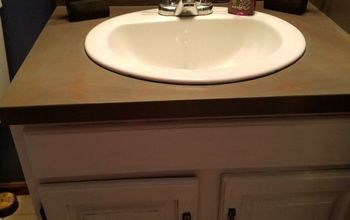

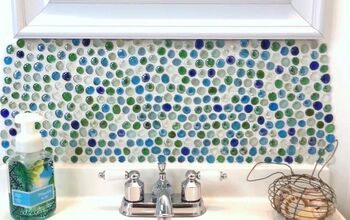
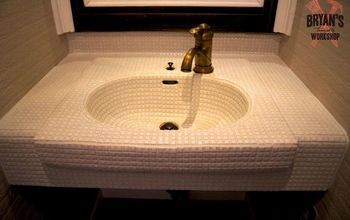
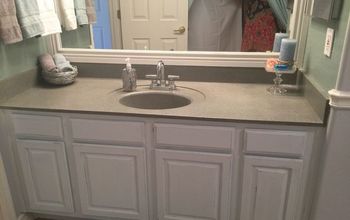

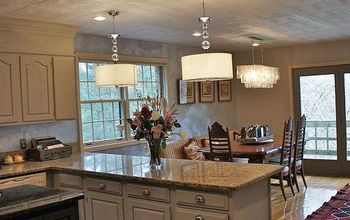


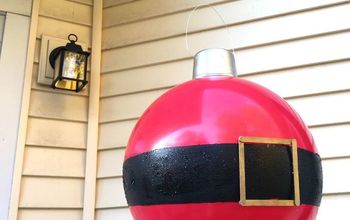



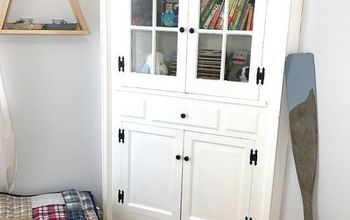




Frequently asked questions
Have a question about this project?